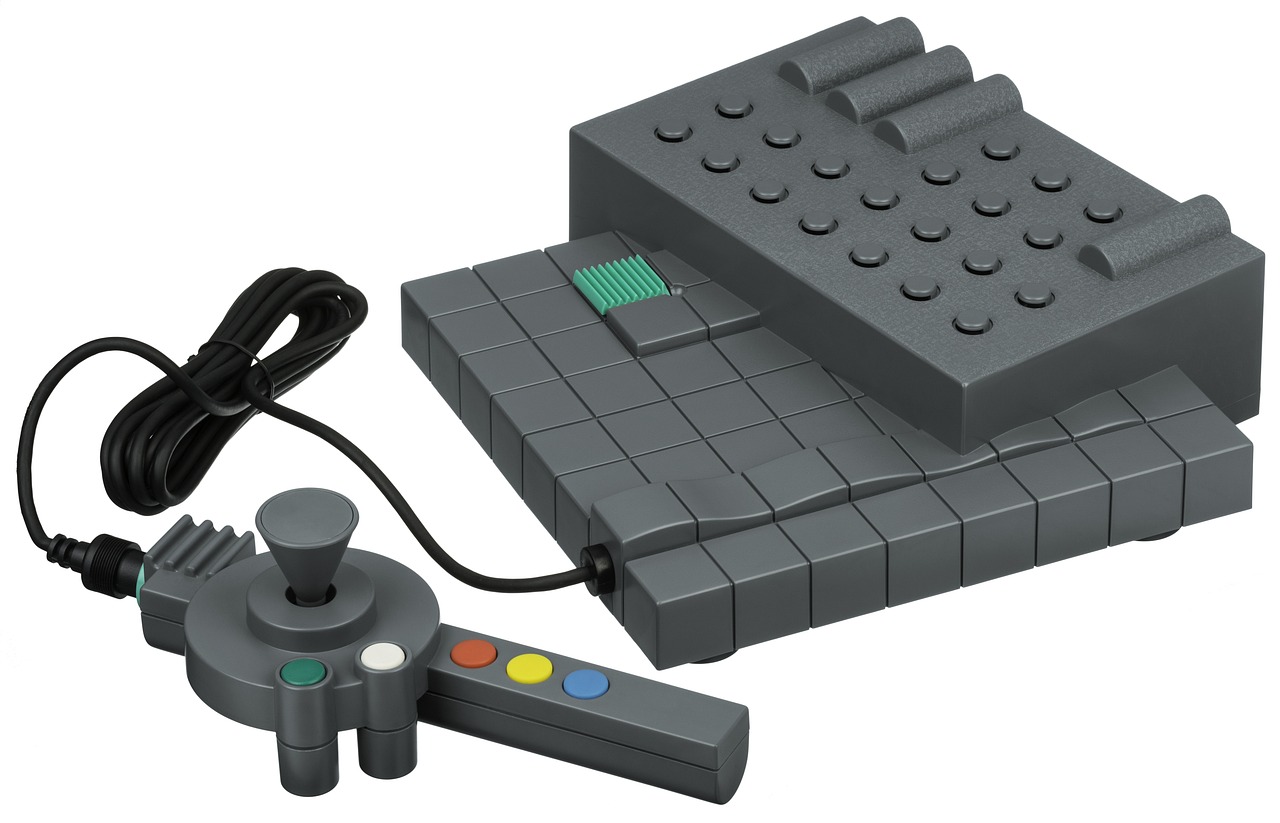PLC Control of Light Source Controllers
In this paper, we introduce the PLC control of light source controllers, which is a key technology in the field of lighting control. We first describe the basic structure and principles of light source controllers, and then introduce the PLC control system and its application in light source controllers. We also discuss the advantages and disadvantages of PLC control, as well as its future development trends. The results show that PLC control can effectively improve the performance and reliability of light source controllers, and provide more flexible and convenient lighting control solutions.
In many industrial and commercial applications, the use of light source controllers is essential to regulate the intensity, color, and direction of light sources such as LED, fluorescent, and HID lamps. PLC (Programmable Logic Controller) systems have become popular in controlling these light source controllers due to their versatility, reliability, and ease of integration with other systems. This article will explore how PLC systems can be used to control light source controllers effectively.
Firstly, it is important to understand the basic structure and functionality of a PLC system. PLCs are designed to receive inputs from sensors and other devices, process these inputs using a set of predefined logic rules, and then output control signals to actuators such as motors, heaters, or in this case, light source controllers. By programming the PLC using a suitable programming language, such as Ladder Diagram or Structured Text, the user can define the logic rules that govern the behavior of the system.

Secondly, let us consider the integration of PLC with a light source controller. A light source controller typically consists of a microcomputer or microcontroller that receives commands from a PLC or other higher-level controller. The microcomputer then processes these commands to control the light source's intensity, color, and direction by adjusting the current or voltage supplied to the lamp. To ensure effective control, it is essential to establish a reliable communication link between the PLC and the light source controller. This can be achieved using standard communication protocols such as RS232, RS485, or Ethernet.
Thirdly, let us look at some practical applications of PLC control in lighting systems. One common application is dimming control. By programming the PLC to receive inputs from photo cells or other sensors that measure the ambient light level, the user can control the intensity of the light source automatically to maintain a constant level of illumination. Another application is color control. By programming the PLC to receive inputs from color sensors or other devices that measure the color of the light emitted by the source, the user can adjust the color temperature or hue of the light emitted by the lamp. This can be particularly useful in commercial applications where creating a specific ambiance or color scheme is important.

In conclusion, PLC systems have significant potential in controlling light source controllers effectively in various industrial and commercial applications. By understanding the basic structure and functionality of PLC systems, establishing reliable communication links between them and the light source controllers, and implementing suitable logic rules using programming languages such as Ladder Diagram or Structured Text, users can benefit from increased efficiency, productivity, and quality of their lighting systems.
Articles related to the knowledge points of this article:
Imported PLC Controller Memory: Understanding its Importance and Application
PLC Controller Quality Information
PLC Controller Symbols: An Introduction
The Cost of Anhui Air-conditioning PLC Controllers